 The 7 Bach Flower Groups - The Original Bach Flower Remedies
The 7 Bach Flower Groups - The Original Bach Flower RemediesServices on demandOral productsIndicators Related links Share Print version ISSN 0103-2100 Acta paul. enferm. vol.25 no.2 São Paulo 2012 Original Article Effect of floral essences on anxious individuals Effect of floral essences on anxious individuals Effect of floral essences on individuals anxious Effect of floral essences on individuals Léia Fortes SallesI; Maria Júlia Paes da SilvaIILéia Fortes SallesI; Maria Julia Paes da SilvaIIIRN. Doctorate in Adult Health Program (PROESA), Faculty of Nursing at the University of São Paulo IIRN. Full Professor, Medical-surgical Department, University of São Paulo School of Nursing. Director of the Nursing Service, University Hospital, University of São Paulo ABSTRACTABSTRACTOBJECTIVE: To investigate the effects of the essences of the unsatisfactory flower, cherry plum, white chestnut and beg for anxious people. METHODS: A quantitative, randomized, double-blind study. Data collected between May and August 2010, with 34 employees of the Centre for Improvement of the Health Sciences of the Zerbini Foundation. Anxiety assessment using the diagnostic State inventory - Trait Anxiety on two different occasions, at the beginning and at the end of the intervention. RESULTS: As a result it was observed that the group that used the flower the essences had a greater and statistically significant reduction in the level of anxiety compared to the placebo group. CONCLUSION: We conclude that the essences of flowers have a positive effect on the reduction of anxiety. OBJECTIVE: METHODS: RESULTS:CONCLUSION:Keywords: Anxiety; Disease prevention; Integrated medicineKeywords: SUMMARYBJETIVE: Investigate the effects of Impatiens, Cherry Plum, White Chestnut and Beech in People Anxious. METHODS: A quantitative study, clinical trial randomized, double-blind. The data were collected between May and August 2010 with 34 workers from the Center for Improvement in Sciences the Health of the Zerbini Foundation. Anxiety was evaluated by means of of the Inventory of Diagnosis of the Traço Anxiety - State in two different moments, at the beginning and end of the intervention. RESULTS: As a result, it was observed that the group that made use of the floral essences had a greater decrease and statistically significant in the level of anxiety compared to the placebo group. CONCLUSION: It was concluded that the floral essences had positive effect on decreased anxiety. OBJECTIVE: METHODS: RESULTS:CONCLUSION:Descriptors: Anxiety; Prevention Diseases; Comprehensive Medicine Descriptors: INTRODUCTIONINTRODUCTIONAnxiety is one of the behaviors that is most related to psychosomatic diseases. Methods to minimize this type of behavior It will certainly help prevent countless diseases originating from emotional factors. In databases, few controlled studies were found about floral therapy in anxiety. Thus, this study aims to observe the effects of floral essences in this behavior. The aim of this research is to strengthen the floral therapy as a complementary health practice and to benefit patients with anxiety behavior, so that their harmful health effects can be minimized. Subjective assessment of a situation and the characteristics of each person modulate the behavior of the person reactions to an event. Cognitive evaluation processes direct reactions to the outside factors, according to values, perceptions and beliefs, commitments, thoughts and the environment(1,2). Any event triggers a psychobiological process including a cognitive assessment and the development of a strategy makes the person capable of diminishing or ending the feeling of threat and challenge the first evaluation provoked, and also recognize its inability to control it(3). Therefore, an internal or external stimulus the subject, interpreted as dangerous or threatening, will trigger an emotional reaction, characterized as a state of anxiety(4). There are different concepts of anxiety: some authors understand it as a transitional state, characterized by unpleasant feelings of tension and pressure. Consider individual differences in reactions to situations perceived as a threat as a trait of anxiety, with increase intensity levels(4). Anxiety manifests itself through physiology and Psychological alterations. Organic reactions may include tremors, palpitations, vertigo, hyperventilation, nausea, diarrhea, dry mouth, insomnia, weakness and lack of appetite. Behavioral changes include concern, concern, nervousness, tension and pressure and may appear even if no real threat is identified. Thus, other people may consider it disproportionate to the intensity of emotion(4,5). Therefore, unconscious anxiety tends to be the cause of different diseases and, when approached at the level of consciousness, these conditions can be avoided. Some studies show the relationship between emotional disorders, such as depression and anxiety, and development and maintenance pain and other symptoms(6,7). Others speak of the economic and social burden resulting from the combination of anxiety and depression and symptoms of physical pain(8,9). Floral therapy is part of an emerging field Vibratory and non-invasive therapies. Floral essences made of wild plants, flowers and field trees, treat personality disorders, instead of disorders in physical conditions(10,11). They intend to harmonize the ethereal, emotional and mental body(12). According to the Brazilian Association of Homeopathic Pharmaceuticals, floral essence is a comprehensive health supplement, prepared based on flowers and other parts of vegetables, minerals and environmental radiation, obtained through the solar, environmental or decoction extraction method, followed by dilution(13). The energy potential of flowers supports this therapy. When placed in the water, the flower printing patterns that correspond at levels of consciousness(10,11). British doctor Edward Bach developed Remedies of Bach flowers in the 1930s. He was born in Moseley, England in 1886(10-12). In all your work, Dr. Bach tried to show how health and disease are close connected to the way a person lives and the need for lifestyle changes(14). To intervene in anxious behaviors, we choose work with Bach flowers remedies, specifically the floral essences Impatiens, White chestnut, Plum cherry and beech. The floral essence Impatiens helps calm the soul and develop empathy, delicate feelings and angelic patience. This leads to acceptance of the rhythm of other people and the development of events. The essence of white chestnut helps individuals to recover mental rest, inner peace and therefore clear ideas and awareness of feelings. Cherry Plum makes people gain courage and believe they are able to deal with the challenges of life, overcoming tension and extreme fear. Finally, Beech essence helps critical and intolerant people to open and improve their knowledge and potential for self-knowledge, therefore getting into the other place to adopt a more complete and tolerant attitude(10-12,14). Some studies related to anxiety were found Floral therapy. One study compared two groups of anxious people, one of them that received floral remedies and the other placebo. The essence used in that study was the Remedy Rescue, part of the Bach system, which includes five flowers: Impatiens, Clematis, Star of Bethlehem, Cherry Plum and Rock Rose. A significante decreased anxiety was found in individuals with high anxiety levels only(15). In another study, however, that also investigated the effect of the essence of the rescue about anxiety, no significant difference was observed between the group that used the essence or placebo(16). A systematic review was also found about the use of Bach flowers remedies in psychological problems and pain(17). The researched databases were MEDLINE, Embase, AMED and Cochrane Library, for work published until July 2008. Only four randomized controlled studies which analyzed the effectiveness of the floral essences and two retrospective observationals The review included security analysis studies. Three of the randomized studies focused on anxiety and one on hyperactivity disorder. No studies found that the remedies of related flowers and pain. Based on the review, it could be concluded that the use of floral essences did not offer any benefits in comparison with the control group and these remedies are safe. Most studies used in the review adopted the Remedy Rescue for anxiety. The time of intervention varied from three hours to three months and the number of volunteers between 40 and 110 people. These studies were developed in England, Germany, Israel and the United States(17). In Brazil, floral therapy has increasingly acquired land. The Municipal Government of São Paulo - Law No. 13.717 promulgated 2004(18) and the Rio de Janeiro State Government - Law No. 5.471 published in 2009(19) approved its use in its Health Secretaries. Among health professions, Nursing was a pioneer in recognition of inclusive and complementary practices. COFEN Resolution 197/1997 (01/19/1997)(20) - establishes and recognizes Alternative Therapies as a professional specialty and/or qualification for nurses. AIMAIM The aim of this study was to investigate the effect of Impatiens floral essences, Cherry Plum, White Chestnut and Beech in anxious individuals. METHODS This is a quantitative and double-blind randomized clinical trial. The topics of research, the analyst of the measurement of anxiety instrument (state-STAI)(4) and the statistician did not know what group they belonged to. This research included teachers and employees of the Centre of Aperfeiçoamento em Ciências da Saúde da Fundação Zerbini (CeFACS) between May and July 2010. CeFACS teachers and employees were invited to participate. Of the 62 volunteers, only 34 met the inclusion criteria. The inclusion criteria were: the individual agreement to participate in the study by signing the Information Consent Term, own knowledge of having at least five of the following characteristics: anxiety, rush, impatience, irritation, impulsiveness, anxiety, difficulty to relax and intolerance the slowest rhythm of others, nervousness and tension and have a STAI score above 34 (moderate anxiety). Today, there are many reasons for anxiety manifestations. Therefore, the two final requirements were due to the authors ' inclusion individuals with anxiety as a character trait and not as a state behavior. The approval of the research project was obtained at the Ethics Committee of the University of São Paulo School of Nursing Studies (Process No. 889/2010/CEP-EEUSP). The research was disseminated through posters and a meeting. Participation in the meeting was optional when volunteers received guidance and clarification. Those who accepted to participate in the study signed the Term of Informed Consent. On the occasion, it was stressed that any individual who received placebo and wanted to receive the floral essences used in the investigation could get these at the end of the experiment. An interview was conducted with each participant complete the clinical form and Inventory of Trait STAI Anxiety. Only individuals which met the inclusion criteria were part of the sample, and requested to complete the STAI State Anxiety Inventory. Control and experimental groups were previously randomized through a draft. This led to a list of numbers and their groups, as well as jar labels. Then each group received randomly the jar and the orientations were provided on how to use the medication (four drops four times a day). The investigation took two months for each participant and all attended two further consultations, including the conclusion of STAI State Anxiety Inventory at the end of the second month. STAI State Anxiety Inventory was used for evaluate anxiety, which includes two scales to measure two different anxiety concepts: State-anxiety (transient cognitive condition) and anxiety Trait (personality) characteristic). Trait-anxiety represents the individual's personality data, and their scores are less sensitive to changes resulting from environmental situations. State anxiety refers to a transitional emotional condition and intensity of the scores of state society can vary according to environmental situations and more Time. In general, it is characterized by consciously unpleasant feelings of tension and pressure, and for greater activity in the autonomous nerve system. Alternatives for the Trait scale are: almost never (=1), sometimes (=2), a lot (=3) and almost always (=4). The options for the State scale are as follows: absolutely not (=1), a little (=2), a lot (=3) and a lot (=4). The scale can be applied individually or in group, and must be self-applied. Corrigendum for purposes, scores for articles 1,6,7,10,13,16 and 19 on the Trait scale and articles 1.2,5,8,10,11,15,16,19 and 20 (1=4, 2=3, 3=2 and 4=1) on the State scale be invested. Then the scores attributed to each article should be added and the individual's levels of anxiety should be classified according to the score obtained: Low - scores between 20 and 34; Moderate - scores between 35 and 49; High - scores between 50 and 64; and Muy Alto - scores between 65 and 80(4). A third, expert in floral therapy, trained to correct IST and classify anxiety levels according to scores, analyzes the measurement of anxiety. Data were processed as absolute figures and percentages; a statistician performed statistical treatment. Both groups compared with the difference between the measured result at the beginning and end of the treatment. To verify the statistical significance, the t test was performed. Meaning it was set at 5%. Statistics with p descriptive The first score of the state-STAI was measured when the volunteer joined the investigation, and the second at the end of the second Frasco. Reliability tests of State-STAI instruments (Initial and final state-STAI) proved reliability, with the Cronbach alpha corresponding to 0.890 and 0.910, respectively. RESULTS Initially, 34 volunteers participated in the intervention, but four of them retired, giving rise to 15 people in control group and 15 in the experimental group. Most participants were women (97.1 per cent) and ages ranges between 25 and 60 years, with 37 years as the average age. The sample consisted of from the nursing school. The second most frequent occupation is that of the administration agents, followed by pharmacists. As seen in , anxiety levels fell into all pilot group volunteers (100%). In the control group, anxiety increased by three participants (20%), descended in ten (67%) and remained unchanged in two (13%) (). In both groups, anxiety increased, but the difference between the initial score and the final average State-STAI corresponded to 16.2 in the experimental group and 3.2 in the control group. To determine the statistical importance of this difference, test t was applied, which indicated a significant difference (p = 0.001). Most people (80%) who used the floral essences said that even when they faced stressful events, they managed to stay calm, with clear and concentrated ideas. Others (60%) indicated that they started feeling less irritated and impatient to situations that are normally bothered them. As for the physical aspect, the most mentioned differences were improved sleep pattern (40%), decreased headaches (26.6%) and muscle pain (20%). DISCUSSION The decrease in levels of anxiety was greater in the experimental group that in the other group, but some people in the latter He also showed reduced levels. Literature shows that the receiver of placebo It also tends to improve. This fact can be attributed to the therapeutic moment and the feeling of being treated. This improvement cannot be the same of those who received treatment of drugs in order to test the effectiveness of the strategy used. In the literature review, behaviors are described which are attributed to anxious people, such as concern, concern, impatience, nerves, tension and apprehension (4.5). The floral essences that composed the formula used in this study improved those behaviors. As previously presented, the authors suggest, other measures, the use of the essences of Impatiens and Cherry Plum for anxious individuals (10-12,14). In addition, most of the studies(15-17) on floral remedies and anxiety used the Rescue formula, which includes five flowers, including Impatiens and Cherry Plum. The researchers also chose these two essences to compose the formula used in this study, reinforcing previous findings. The essences used are indicated for anxiety conditions in many cases. In this research, a standard formula was developed for all anxious Patients for the sake of the scientific method (sound clinical test). The Floral Therapy proposal, however, is to make customized formulas, according to to the patient's complaints(10-12). CONCLUSIONCONCLUSIONAfter an intervention using floral essences and analysis of the results of the anxiety measurement instrument, a greater drop in anxiety scores was checked in the experimental group compared to the control group, confirming that the Bach floral remedies chosen in this study positively affected the decline in anxiety. Statistical evidence a statistically significant difference between the two groups. STUDY LIMITATIONS The small number of studies on floral remedies and anxiety found in databases made it difficult to discuss results found. Participation of integrated and complementary practices the holistic perspective and respect for individuality. Research on these practices based on scientifically accepted forms confronts the great standardization problem the intervention to produce quantifiable and comparable results. This deeply violates the philosophy of these therapies, such as the use of the same formula for such different people is not correct, even if they all suffer from anxiety, like this studio. The scientific method accepted in the West is another frequently a disputed factor that makes it difficult to research on integrative and complementary practices. These are great challenges to be addressed with a view to further research about these practices. REFERENCES1. Lazarus RS, Folkman S. Stress assessment and coping. New York: Springer Publishing Company; 1984. Cognitive assessment process; p 22-54. [ ] 2. Pontieri FM, Bachion MM. Crenças of diabetic patients about giving nutritional therapy and their influência na adesão ao tratamento. Ciên Saúde Coletiva [Internet]. 2010 [quoted 2010 Out 10]; 15(1). Disponível em: [ ]3. Vasconcelos EG. Or psychoneuroendocrine model of stress. In: Seger L. Psiscologia e Odontologia: uma boardgem integrator. 2nd ed. São Paulo: Santos; 1992. p25-35. [ ] 4. Spielberger CD, Gorsuch RL, Lushene RE. Inventory of anxietye traço-estado - IDATE. Traduzido por Ângela M. B. Biaggio e Luiz Natalício. Rio de Janeiro: ECA; 1979. [ ] 5. Suriano ML, Lopes DC, Macedo GP, Michel JL, by Barros AL. identção das característicasdefinedras de medo e anxietye em pacientes programadas para cirurgia ginecológica. Act Paul Nurse. 2009; 22(No Specs):928-34. [ ] 6. Lima RT. Fatores associados à disfunção temperomandibularem população com anxietye e depressão [tese]. Bauru: Universidad de São Paulo, Faculdade de Odontologia; 2009. 7. Romão AP. O impact da anxietye e da depressão na qualidade de vida de mulheres com dor pellvica crônica [dissertação]. Ribeirão Preto: Universidade de São Paulo; 2008. [ ] 8. Greenberg PE, Leong SA, Birnbaum HG, Robinson RL. The economic burden of depression with painful symptoms. J Clin Psychiatry. 2003; 64 Suppl 7:17-23. [ ] 9. Martins VA. Psychossomatics and somatização transtenders: Characterização da demanda em hospital-escola no period de 1996-2004 [dissertação]. Ribeirão Preto: Universidade de São Paulo, Escolda de Enfermagem; 2007. 10. Barnard J. Um guide for you remédios florais do Dr. Bach. 14a ed. São Paulo: Pensamento; 2006. [ ] 11. Howard J. Os remédios floris do Dr. Bach - Passo a Passo. 10th ed. São Paulo: Pensamento; 2006. [ ]12. Bach E. Os Remédios floris de Dr. Bach. 19th ed. São Paulo: Pensamento; 2006. [ ] 13. Associação Brasileira de Farmacêuticos Homeopathics. Manual of technical standards for or preparation of florais. São Paulo: SK; 2009. [ ] 14. Barnard J. Bach Flower Remedies: shape and function. England/Mexico: Flower Remedy Program; 2008. [ ] 15. Halberstein R, DeSantis L, Sirkian A, Padron-Fajardo V, Ojeda-Vaz M. Curation with Bach Esencias flowers: Try a complementary therapy. Complement Health Pract Rev. 2007;1(12):3-14. [ ] 16. Armstrong NC, Ernst E. A randomized, double-blind, placebo-controlled trial of a Bach Flowers Remedy. Complement Ther Nurs Midwifery. 2001; 7(4): 215-21 . [ ] 17. Thaler K, Kaminski A, Chapman A, Langley T, Gartlehner G. Bach Flower Remedies for psychological problems and pain: a systematic review. BMC Complement Altern Med. 2009;9:16. [ ] 18. Rio de Janeiro. State Secretary of Saúde. Lei n. 5471, 10 de junho de 2009. Estabelece no âmbito do Estado do Rio de Janeiro a criação do Programa de Terapia Natural [Internet]. 2009 [quoted 2009 Jun 31]. Disponível em: . [ ] 19. São Paulo. Municipal Secretary of Saúde. Lei n. 13.717, of 8 de Janeiro of 2004. Dispõe sobre a implantação dasterapias naturais na Secretaria Municipal de Saúde [Internet]. 2004 [quoted 2005 Aug 10]. Disponível em: . [ ] 20. Conselho Federal de Enfermagem.. Resolution n.197/1997. It stabilises and reconhece as alternative therapies as specialidade e/ ou qualificação do profissional de Enfermgem. In: Conselho Regional de Enfermagem de São Paulo. Basic documents of sickness: sickness, technical, auxiliary. São Paulo: COREN; 2001. p. 159 - 60. [ ] Correspondent author: Léia Fortes Salles Rua Tucuna no 742, apt 132. Pompéia CEP: 05021-010. São Paulo (SP), Brazil. E-mail: .Corresponding Author:Received article 04/02/2011 and accepted 17/07/2011 Research developed at Centro de Aperfeiçoamento em Ciências da Saúde da Fundação Zerbini (CeFACS). All the contents of this journal, except where it is identified, is licensed
Before HeaderA Happy Mind for a Better LifeHeader RightHeader Right6 Floral essences to improve your anxiety, insomnia, humor and more! April 22 is Earth Day, so here in Viva we have been hyperfocused on the environment and how it affects our mental health. We know that outdoors, but how can we get involved with nature to decrease the symptoms of stress and depression? The answer can smell better than you expect. Practitioners around the world resort to Floral Essences (FE) to treat symptoms of stress, anxiety and depression. What exactly are FEs? Simply said, they are plant and water infusions designed to treat specific emotional states, which leads to better physical and psychological health. Users usually eat ERs orally through a drip, but they can also rub them in their body in the form of a cream or use a room spray. suggests that the fetuses are a powerful couple of traditional therapy; while their effects tend to be more subtle than prescription medications, the fes have been known to reduce stress, anxiety, and mood. A study even found that users with mild to moderate depression found that their symptoms decreased by 50% after 1-3 months of FE usage. Research also indicates that the FE increase creativity, sexuality, humor and self-acceptance. There are several schools of thought within the FE movement, one of which is . The Bach method, invented in the early twentieth century, involves 38 different herbal remedies, each pointing to a specific human emotion. Viva Center affiliate uses the essences of Misiones flowers, created by Fabian Bachmann and Karen Ryberg in Misiones, Argentina. They developed this system by observing plants in their natural environment and observing how they interacted with the flora and fauna surrounding them. They overwhelmingly found that plants offered healing properties that mimic their environmental interactions. For example, take the black lily. This dark flower, black purple is known for its quite disgusting smell. However, in the middle of the flower, almost hidden, there is a sweet odorous pistil. Fittingly, explains Elizabeth, her essence helps those with something "encapsulate" within, from physical problems such as cysts or dental infections, to mentals such as depression and repressed emotions. The black lily calla helps with the quick cleaning of emotions, moving your user into a lighter state of mind. While the abundance of FE remedies means that it is preferable to consult with an expert of the FE in which remedies are suitable for you, Elizabeth offered some suggestions for those who seek to test them. 1. Right now is the time of Magnolia, the Flower of the Great Aspirations. This flower reduces the anxiety, insecurity and fears that prevent us from reaching our goals. It allows to improve security, strength, faith and opens a clear way to move forward. Magnolia, 2. Delight: For perfectionists out there, or those who are overly thinking, worried, or running through checklists, this flower allows joy, living at the moment, and accepting oneself and others. Delight3. White Rose: Do you have half of the night insomnia? White Rose improves sleep patterns for those who constantly wake up between 3 and 5am. This is also the flower to let go of the wounded past, process sadness, and reconnect with life and peace. Flowers of passion: This plant promotes moderation. It is a good first for those who are excessive, overwhelmed, often worry and have difficulty relaxing. It also reduces insomnia. Passion Flor5. Jasmine of the Country: Recipes with Jasmine of the Country calm the sadness, lack of energy and longing, and improve compassion, physical relaxation, and the release of tension on the shoulders and the top of the back. Jasmine of the Country6. Yarrow: Yarrow gives a sense of protection and security by reducing vulnerabilities and hypersensitivity. Yarrow To learn more about fetuses and if they are suitable for you, take a look at Elizabeth and . Now, excuse us, but we will find a lion cream: our muscles need to relax, and that remedy is just the trick (the hydration of the skin doesn't hurt either). Category: Tag: , , , , , FooterLocation 1555 Connecticut Ave. NW Suite 300W Washington DC, 20036 Carne 20 to Up For questions of non-appointment, send us an email to upcoming events Free Mental Health ResourcesSite Footer © 2021 El Centro Viva • All rights reserved •

Flower Essences for Stress Anxiety - Bach remedies consultation
Flower Essences For Anxiety | Beauty Heroes
Flower Essence for Anxiety | Calm & Confident | Saskia's Flower Essences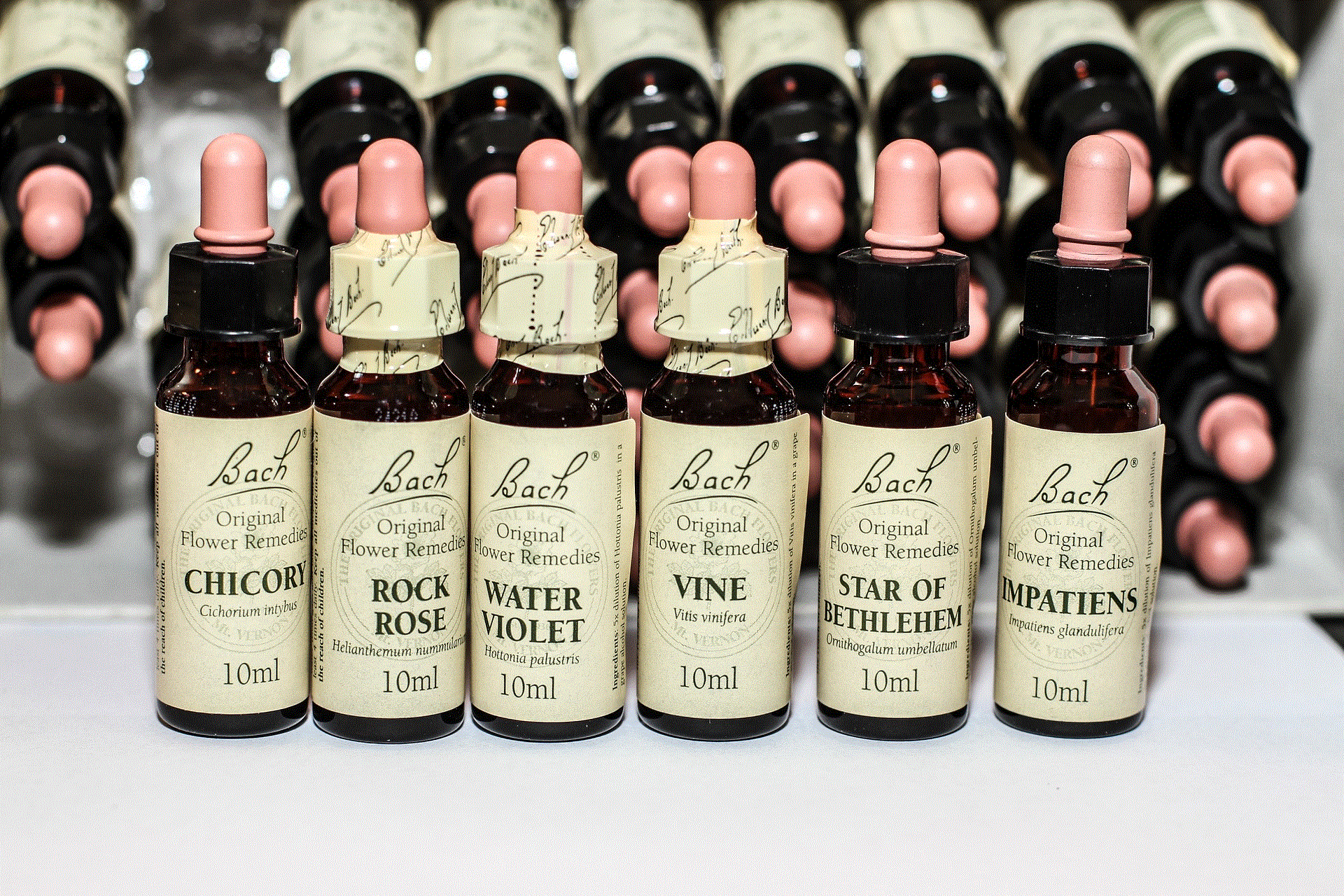
Feeling Anxious? - CNM College of Naturopathic Medicine
Anxiety appears in many ways. Which of... - Bach Flower Remedies Worked For Me | Facebook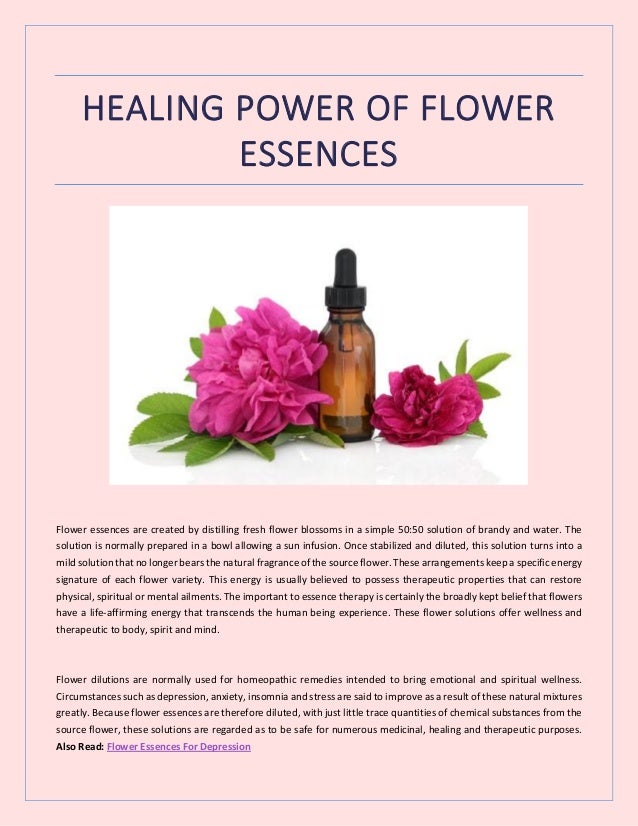
Healing power of flower essences
Rescue Remedy Drops 20ml Bach Flower Remedies Stress Anxiety Tension Relief 1 for sale online | eBay
10 natural remedies for anxiety, depression, low self-esteem and more using Bach Flower Remedies | TheHealthSite.com
Flower Essences for Separation Anxiety
Flower essences for anxiety | Psychologies
I Choose Love (Unconditional Love) Flower Essence Blend — Living The Enchanted Life | Bianca Mastrototaro | Flower essences, Flower essences remedies, Flower remedy
Flower Essences To Remedy Anxiety, Overwhelm & Exhaustion — Living The Enchanted Life | Bianca Mastrototaro
Flower essences for anxious dogs | Animal Wellness Magazine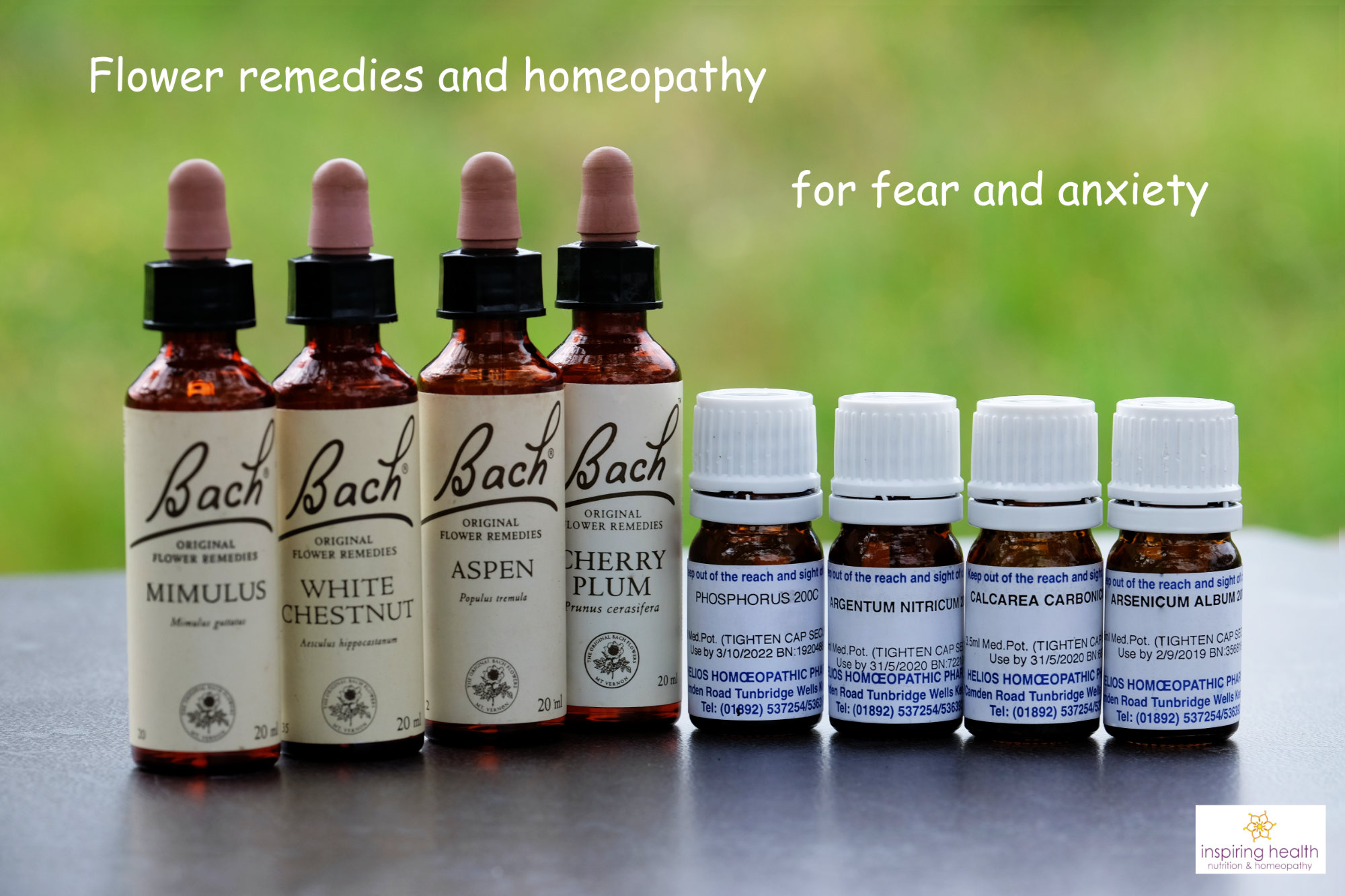
COVID-19 Homeopathy & Flower Remedies For Fear & Anxiety
Australian Bush Flower Emergency Essence Eases Anxiety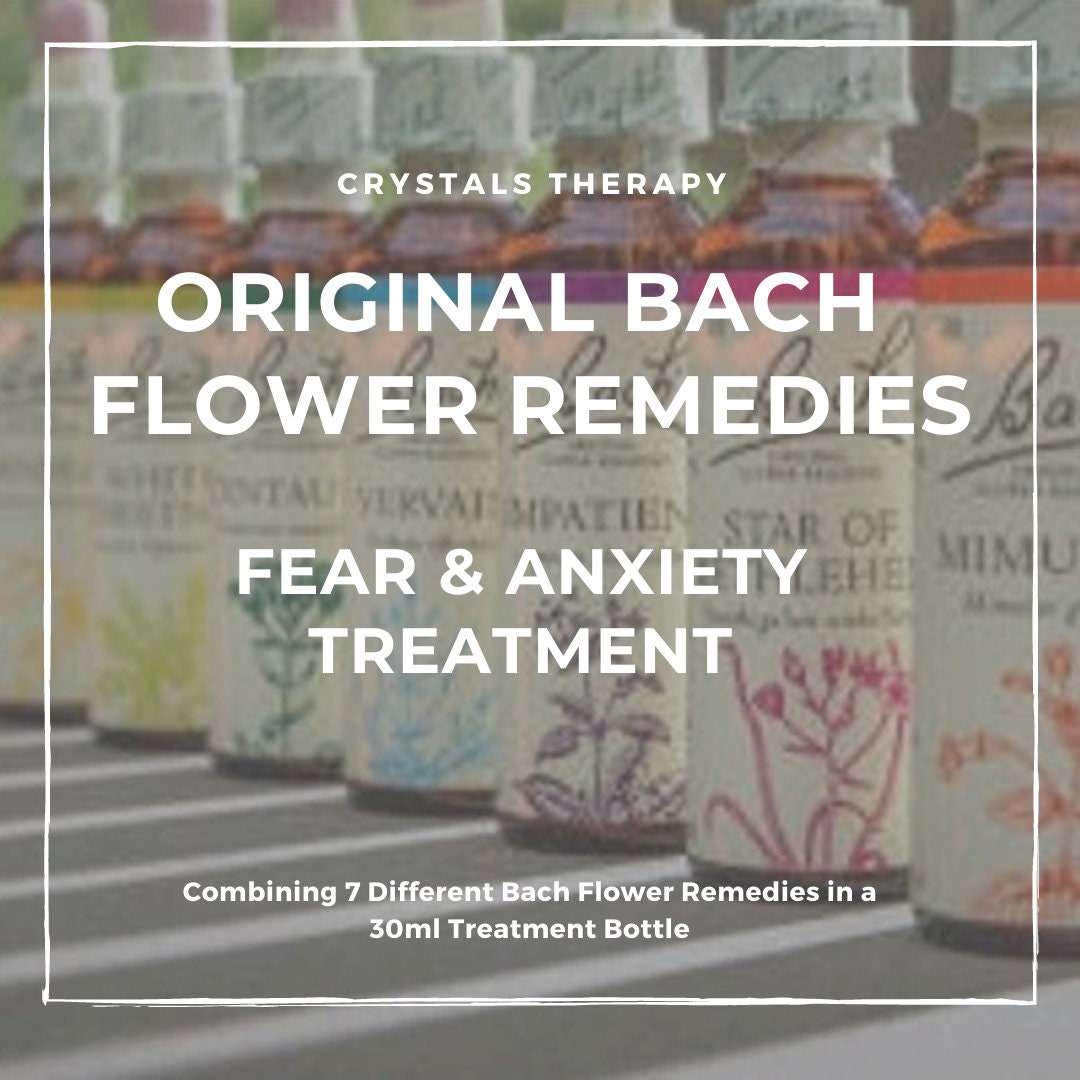
Bach Flower Remedies for Fear and Anxiety, Bach Original Flower Remedies, Bach Flower Essences
Bach Flower Blog. Have your anxiety levels skyrocketed lately?
Treating the Symptoms of Panic Attacks with Flower Essences
Flower essences for anxiety | Psychologies
Flower Essences — Organic Herbs/Plants for Anxiety, Pain, Immunity. Art for the Interior.
Flower Essences To Ease Anxiety - Dina Saalisi Healing Arts
Bach Flower Remedies for horses | Equine Wellness Magazine
37 Flower remedy ideas | flower remedy, bach flower remedies, bach flowers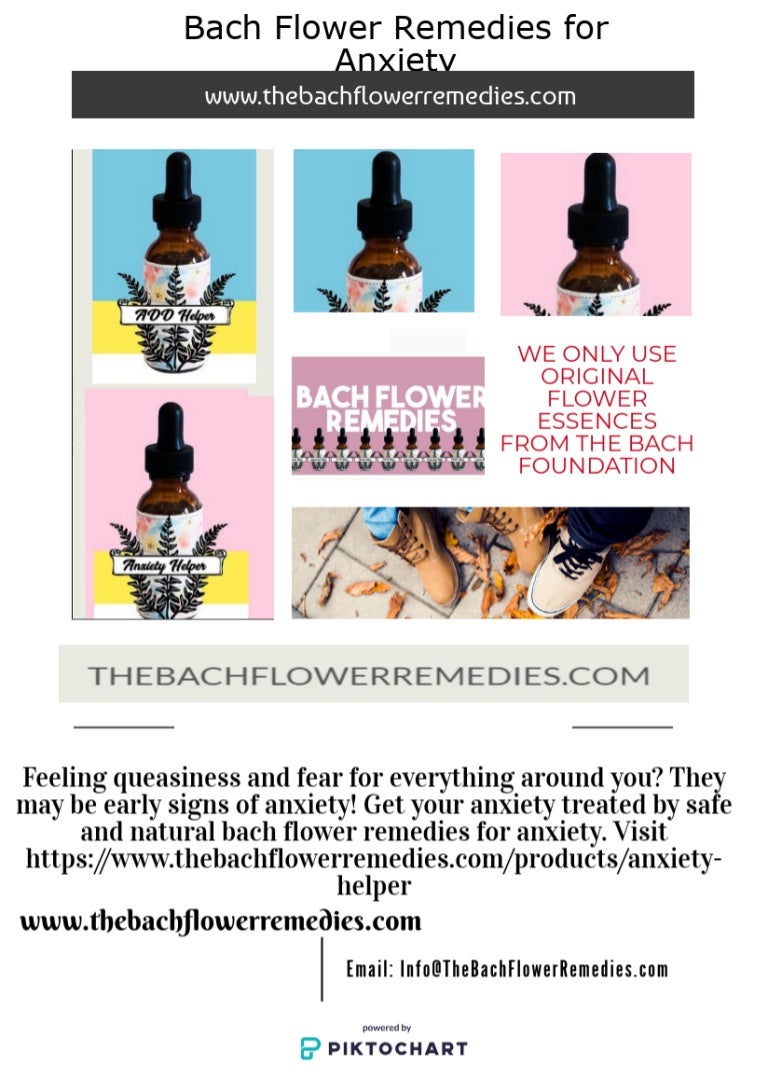
Bach Flower Remedies for Anxiety - www.thebachflowerremedies.com
Cure Negative Emotions with The Original Bach Flower Remedies - ORDER HERE
Releasing Worry Fear Feelings of Anxiety Flower Essence | Etsy
3 Flower Essences to Help Relieve Stress and Anxiety - Samantha Gladden
Separation Anxiety Blend – 50ml | Victoria Ferguson
Effect of flower essences in anxious individuals
Bach Flower Remedies for Anxiety and Balance — Sacred Nature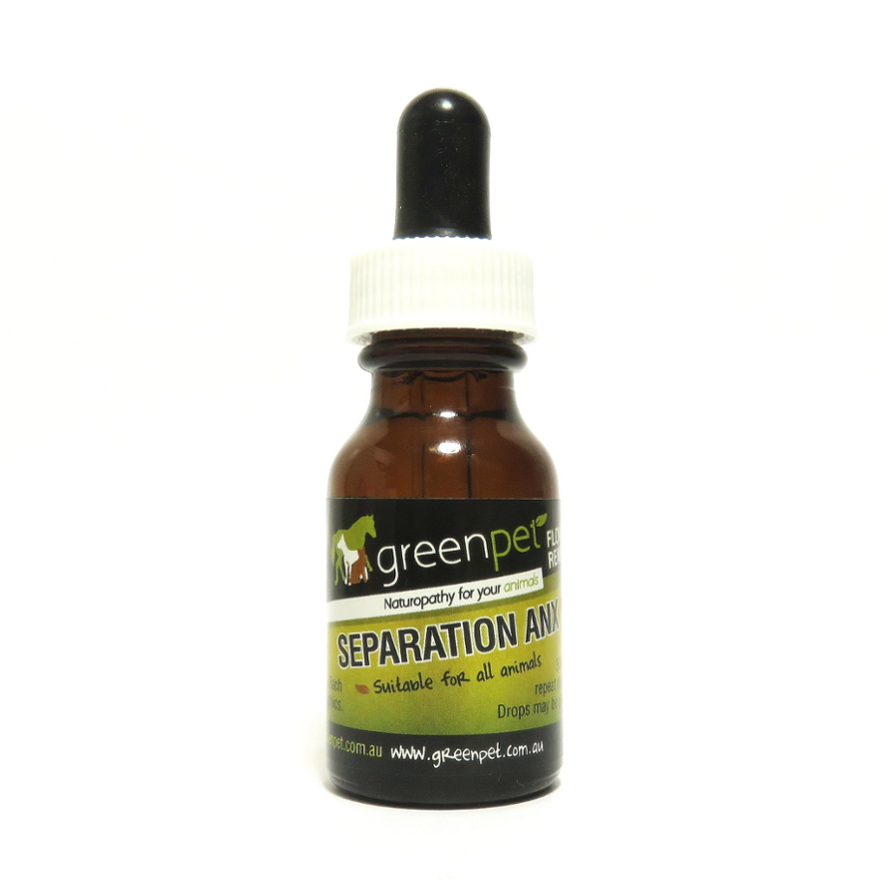
Flower Essence Blend Separation Anxiety | Greenpet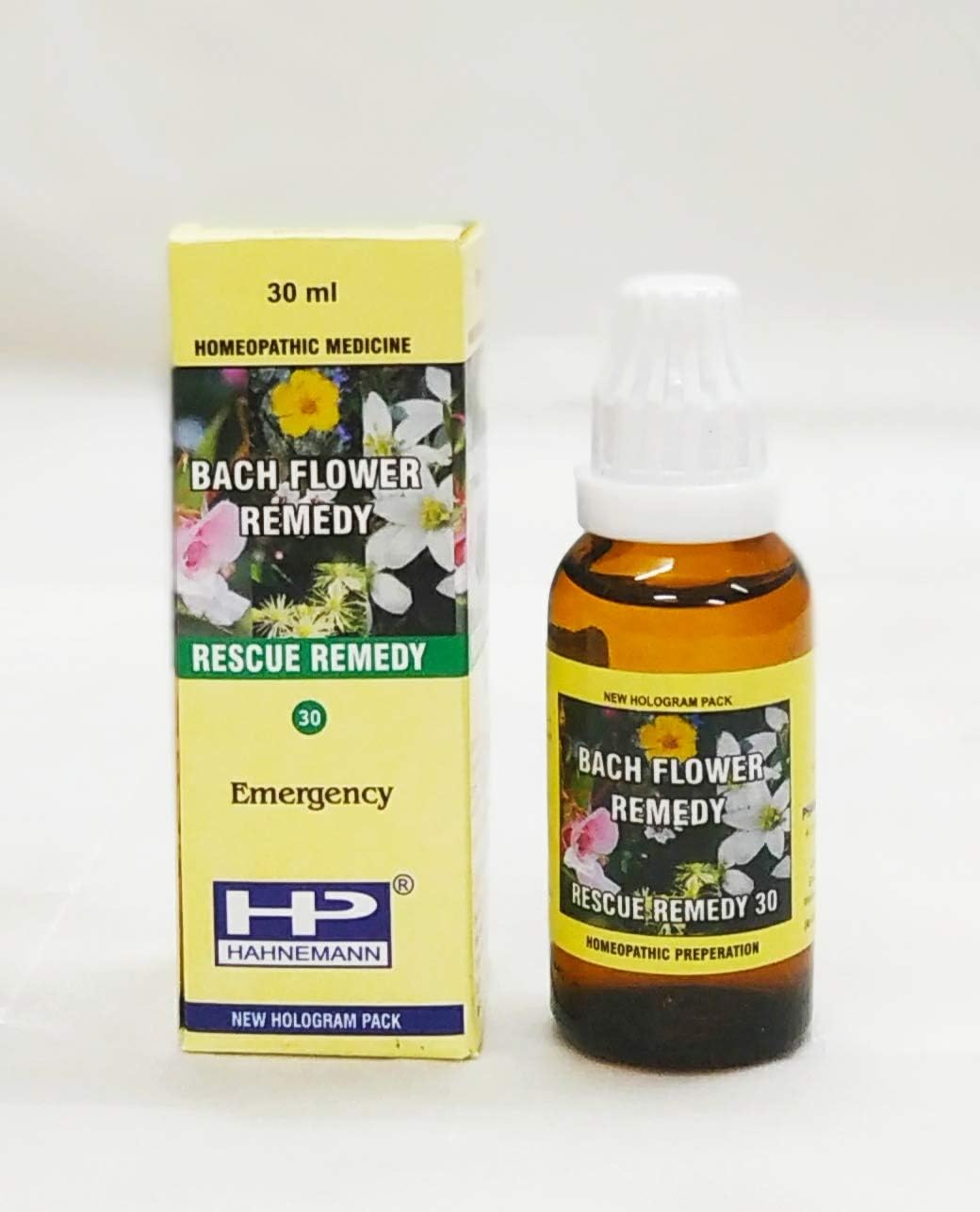
Amazon.com: Hahnemann Bach Flower Rescue Remedy for Stress Relief, Anxiety. 30 ML Pack of 3: Health & Personal Care![PDF] Bach flower remedies: a systematic review of randomised clinical trials. | Semantic Scholar PDF] Bach flower remedies: a systematic review of randomised clinical trials. | Semantic Scholar](https://d3i71xaburhd42.cloudfront.net/d5180a14752e009a6130a8ff4116085a4e140ca8/2-Table1-1.png)
PDF] Bach flower remedies: a systematic review of randomised clinical trials. | Semantic Scholar
Joyful Public Speaking (from fear to joy): Does the mimulus Bach flower essence (or remedy) reduce anxiety?
Bach Flower Guide: Stress, Fear and Anxiety Relief for Dogs
PDF) Effects of Flower Essences in Individuals with Anxiety
Amazon.com: Energetix Fields of Flowers Homeopathic Remedy - Perfect for Emotional Symptoms such as Fear, Anxiety, Depression and Despondency - 38 Traditional Flower Essences - 2 Fluid Ounce (59.1 Milliliters): Health & Personal Care
4 Bach Flower Remedies You Need In 2020 For Emotional Healing
Australian Flower Essences blend overcome fear anxiety
Chamomile Flower Essence – Pacific Northwest Essences



























![PDF] Bach flower remedies: a systematic review of randomised clinical trials. | Semantic Scholar PDF] Bach flower remedies: a systematic review of randomised clinical trials. | Semantic Scholar](https://d3i71xaburhd42.cloudfront.net/d5180a14752e009a6130a8ff4116085a4e140ca8/2-Table1-1.png)







Posting Komentar untuk "flower essences for anxiety"